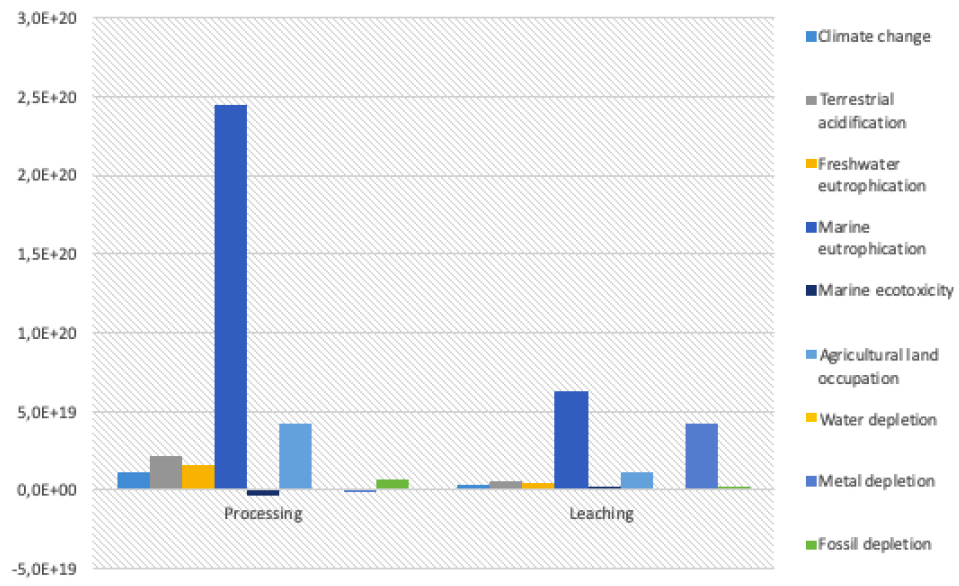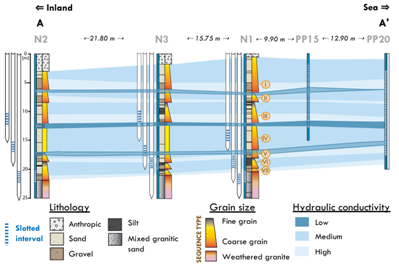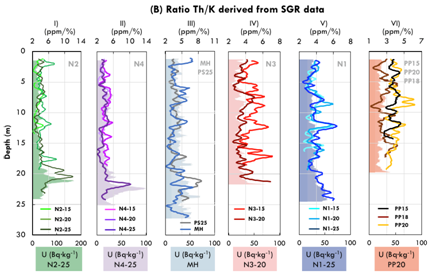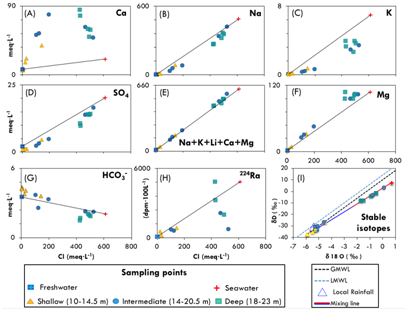Research
- Analysis and implementation of coupled THM models for soils and rocks in the numerical modelling software CODE_BRIGHT. (PI: Alfonso Rodríguez-Dono)

- Environmental life cycle assessment for large-scale gold mining. (PI: Alfonso Rodríguez-Dono)

- Analysis of the controlling factors of seawater intrusion (SWI) in alluvial coastal aquifers and their coupling with submarine groundwater discharge (SGD). (PI: Laura Martínez)




